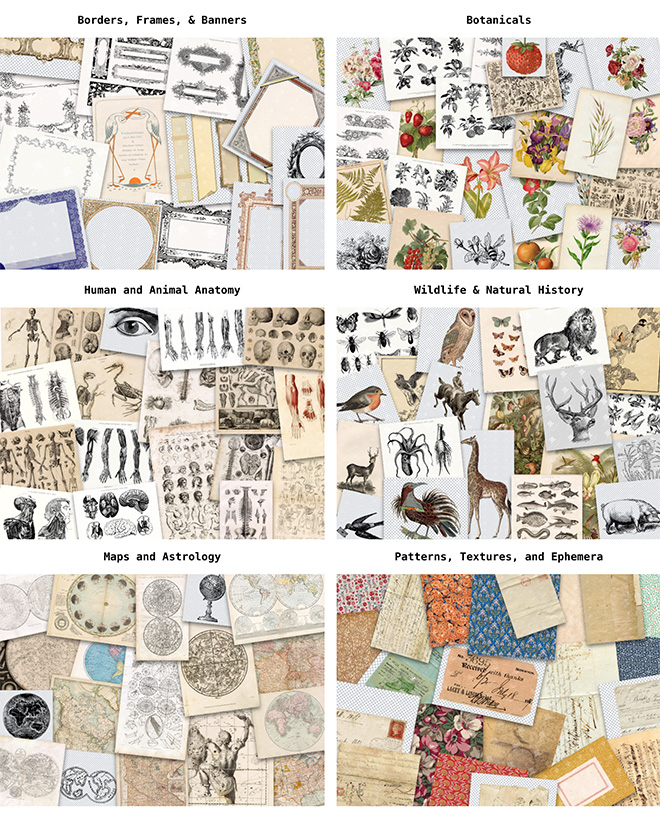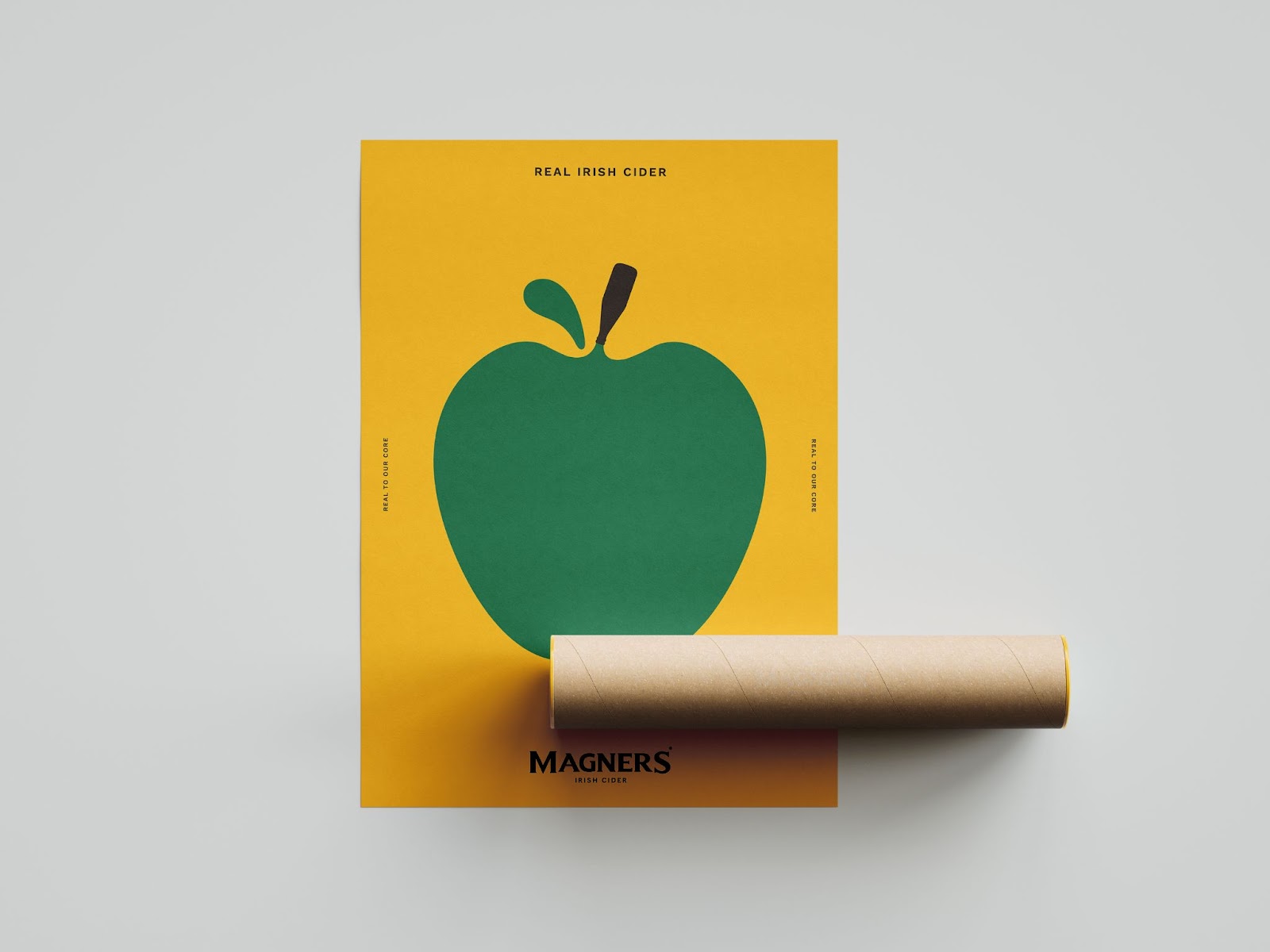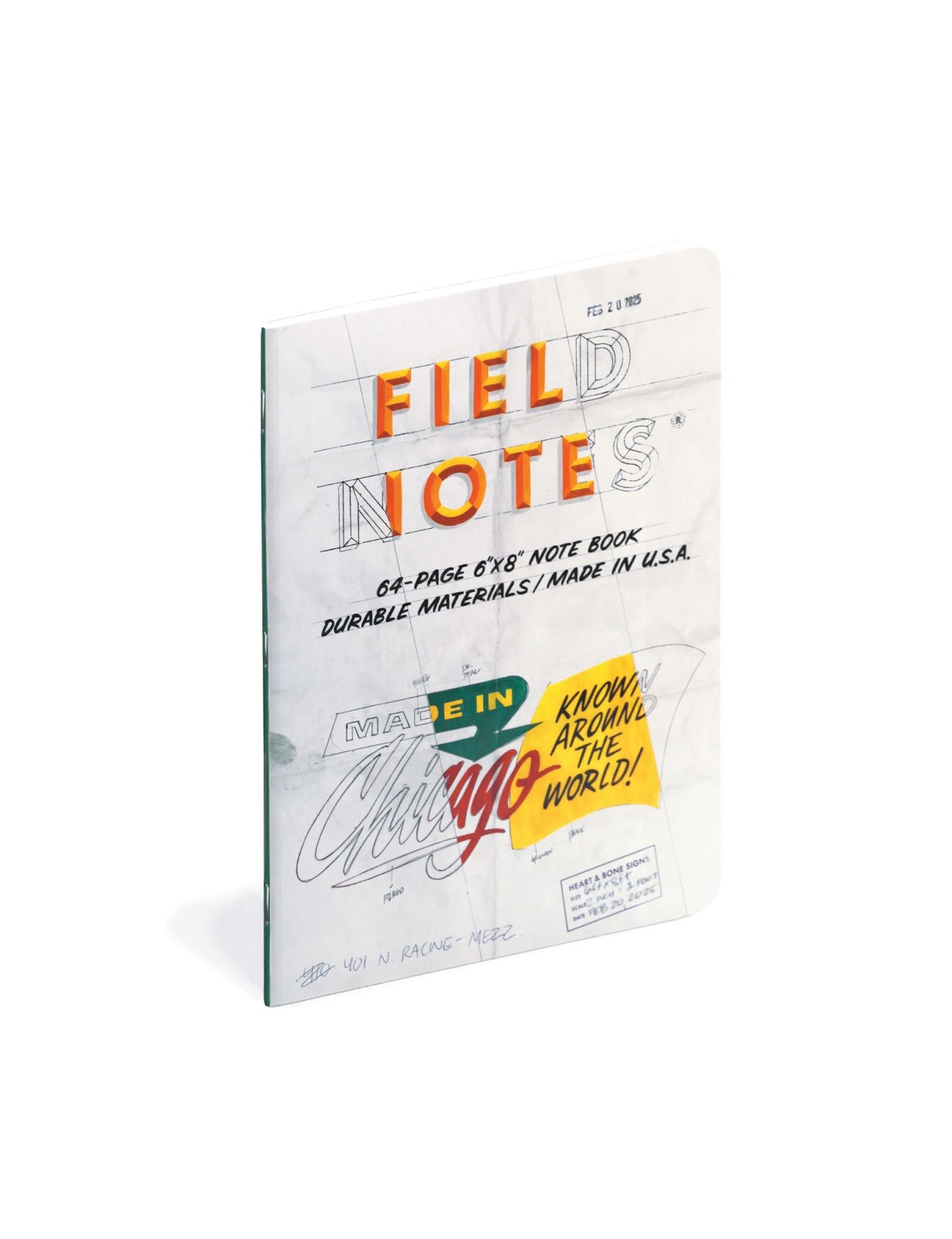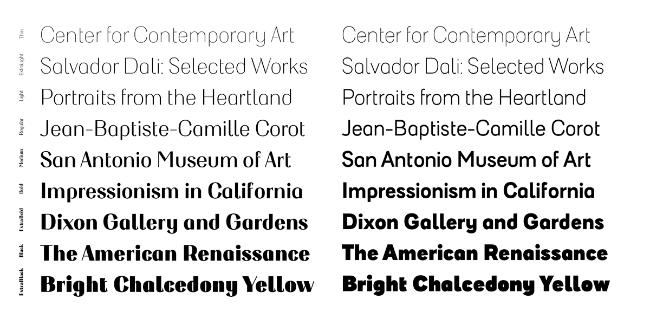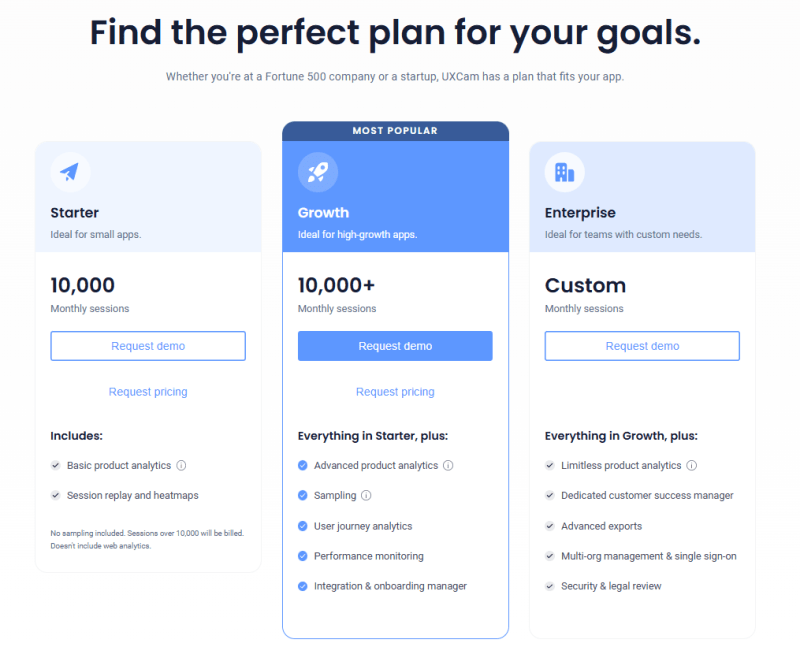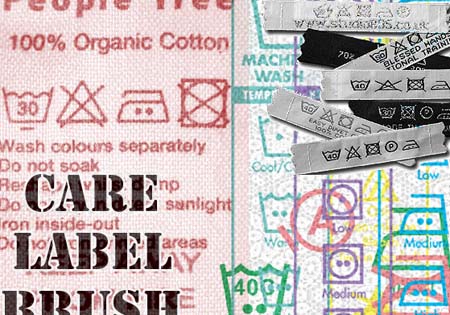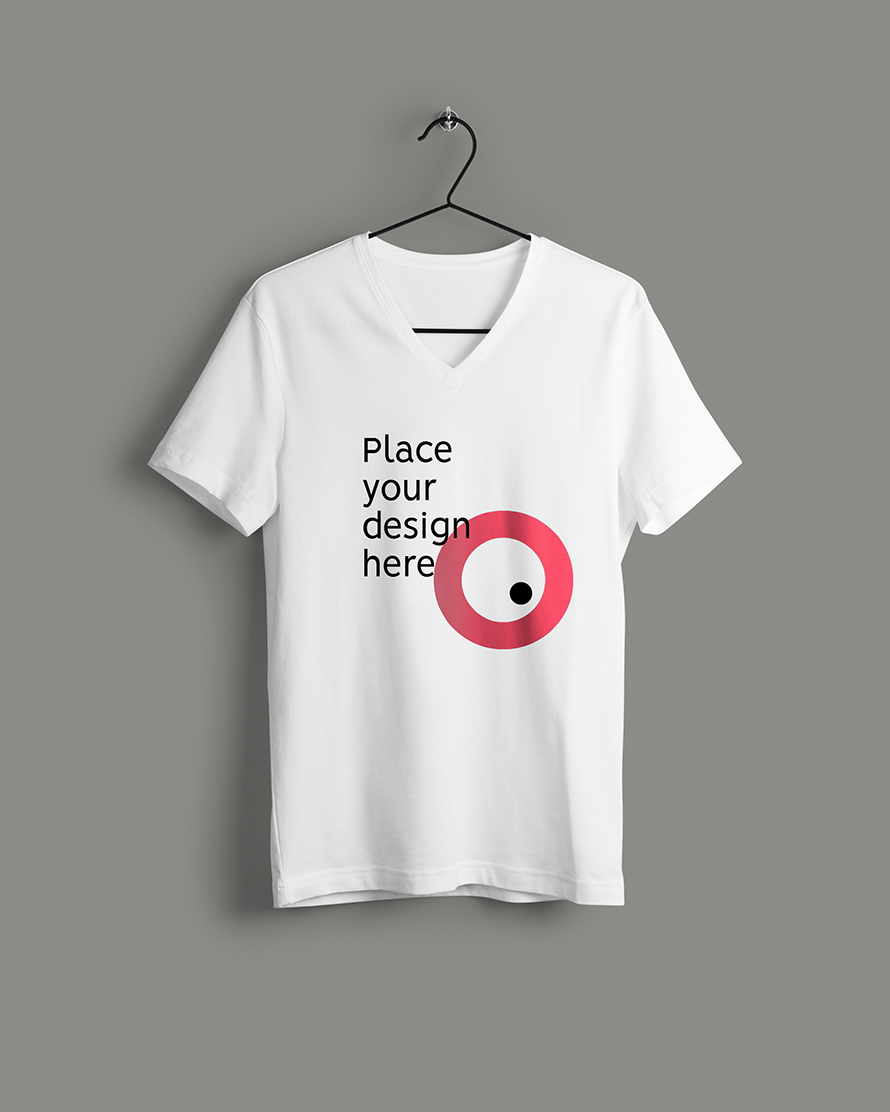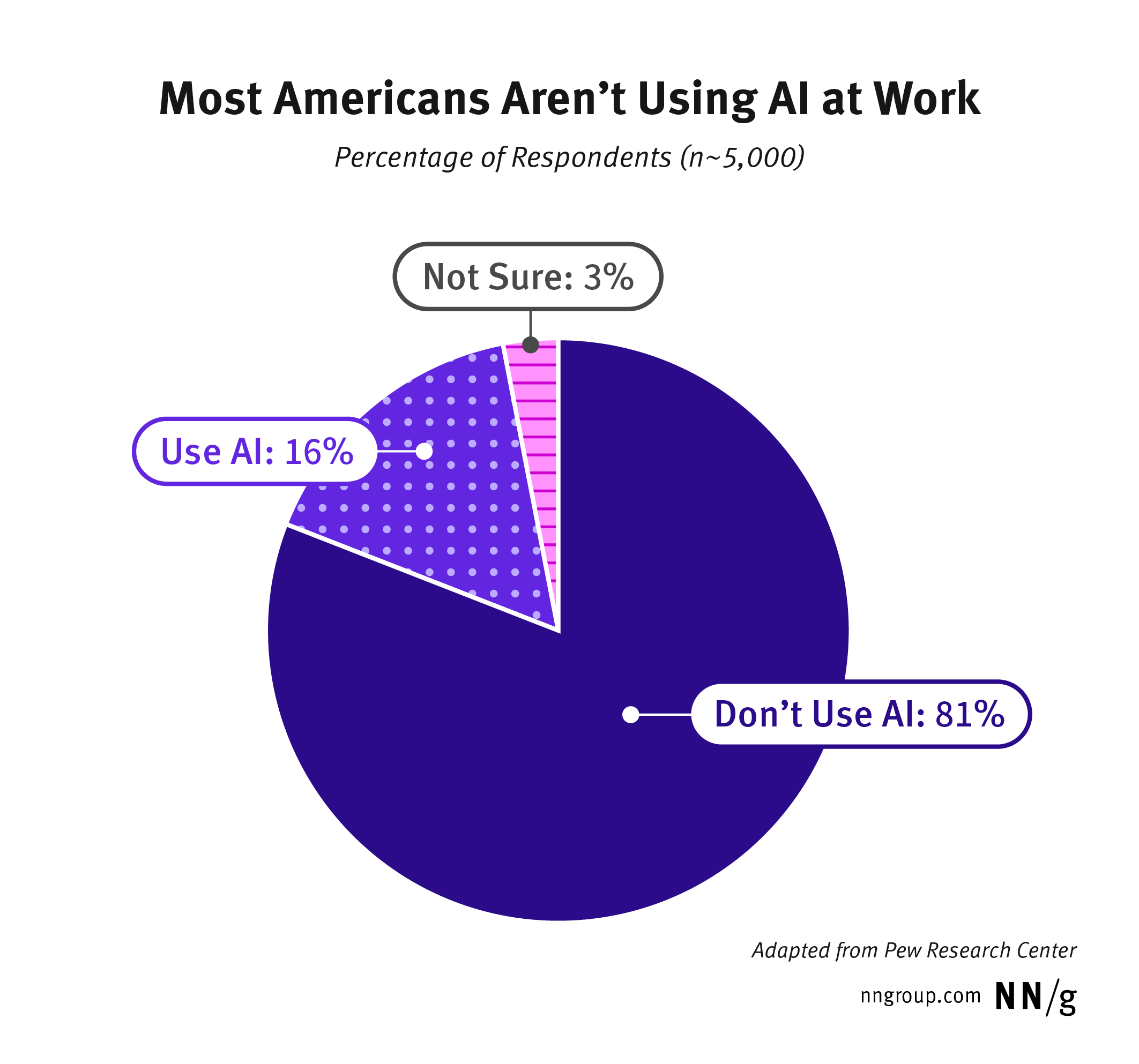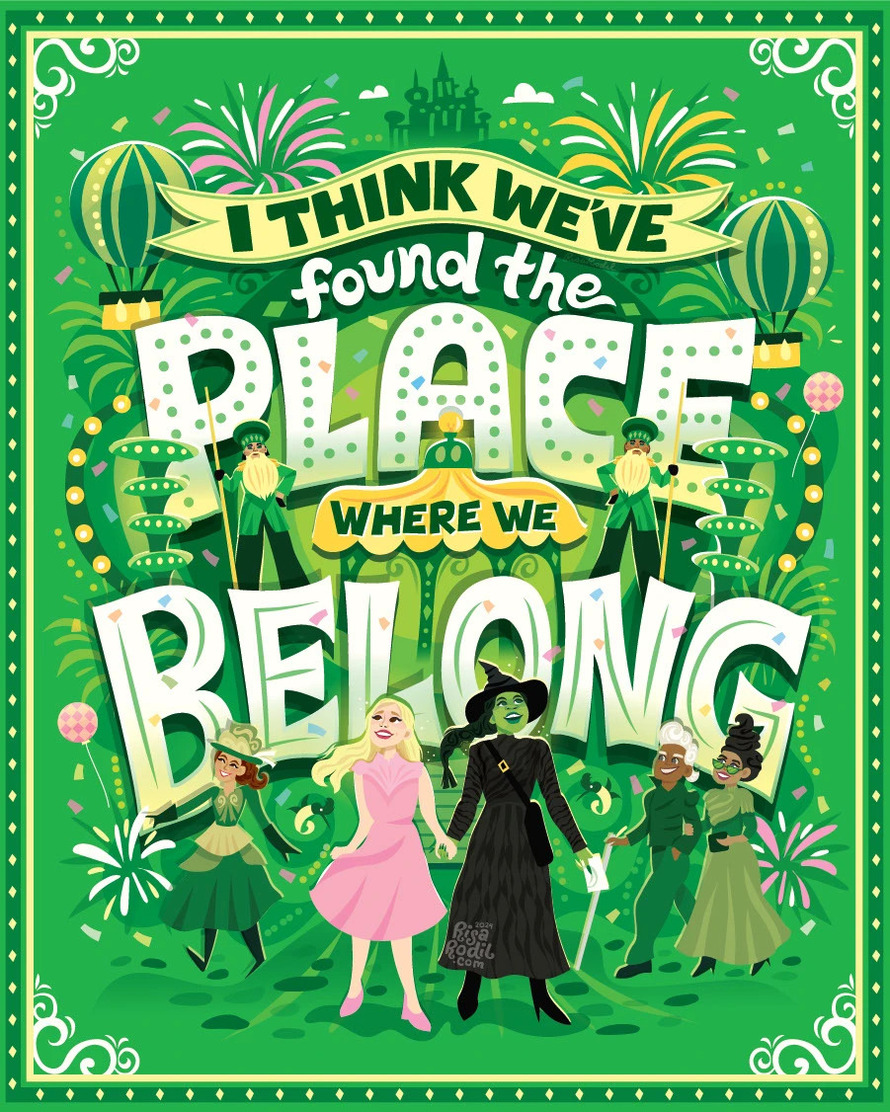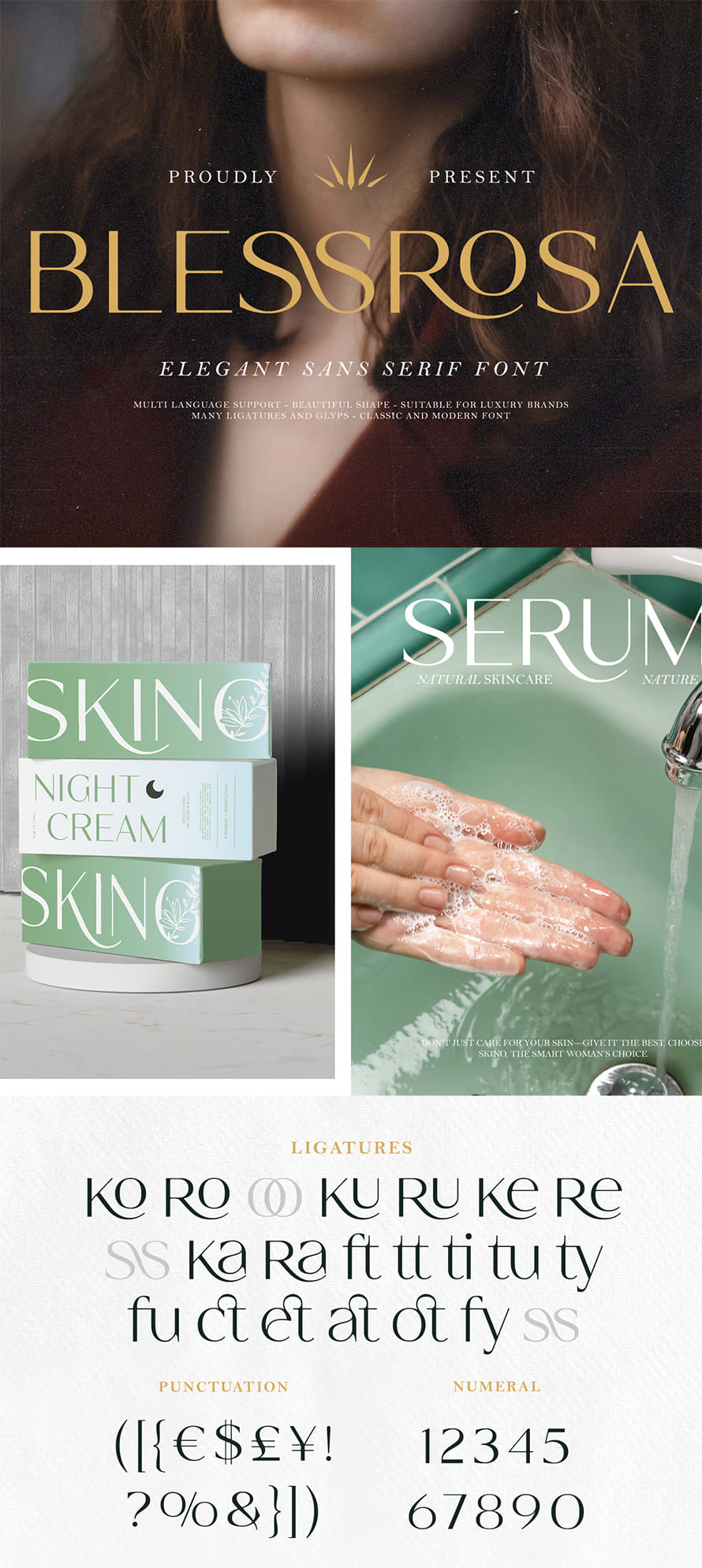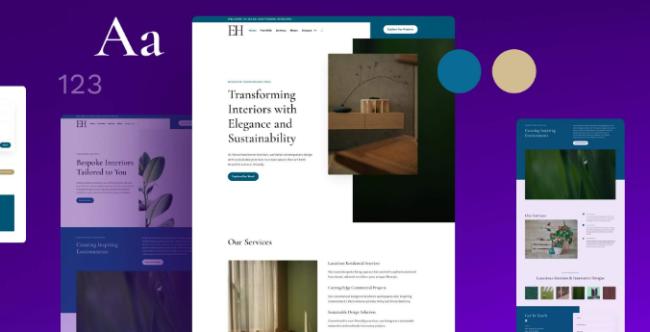How will the Live Online Event work? Meetings will take place using the video conferencing tool Zoom, collaboration tools (such as group document editing and whiteboarding tools), and the social discussion tool Slack. You’ll also be able to use Slack before, during, and after the event to participate in social events and network with… Continue reading UX Conference July Announced (Jul 8 – Jul 15)
Category: Design
Design is the method of putting form and content together. Design, just as art, has multiple definitions; there is no single definition. Design can be art. Design can be aesthetics. Design is so simple, that’s why it is so complicated.
Download 14,000+ Vintage Illustrations for Just $1!
Download thousands of genuine vintage graphics that have been expertly restored into ready-to-use digital assets from Century Library. For just $1, you can enjoy unrestricted access to the entire archive of illustrations, patterns and textures to inject authentic vintage graphics into your designs and artworks. This rapidly growing library has been sourced from antique books… Continue reading Download 14,000+ Vintage Illustrations for Just $1!
The Microsoft 365 renewal dance: uncovering deceptive patterns
[unable to retrieve full-text content] Lessons from sidestepping Microsoft 365's aggressive subscription renewal tactics A few weeks before my long standing Microsoft 365 Family subscription was due for renewal I received an email stating that it will automatically-renew, one thing it failed to mention was the new price was 30% more than last year. In the first… Continue reading The Microsoft 365 renewal dance: uncovering deceptive patterns
Professional Google Slides Templates for Any Project
Google Slides has become a go-to tool for creating professional presentations, offering accessibility and real-time collaboration. The professionally designed Google slides templates to enhance your slides with visually appealing and well-structured layouts. Whether you need templates for business, marketing, education, or personal use, these professionally designed themes help you deliver impactful presentations effortlessly. With customizable options, unique… Continue reading Professional Google Slides Templates for Any Project
Grunge Effects in Design: Raw, Gritty, and Always in Style!
It’s raw. It’s messy. And it refuses to play by the rules. Grunge isn’t just a style—it’s an attitude. From underground zines to modern digital design, grunge has always been a rebellion against perfection. But why does this chaotic, textured look never seem to go away? Let’s break it down in this design trend deep… Continue reading Grunge Effects in Design: Raw, Gritty, and Always in Style!
Magners' Graphic Design: A Core Irish Cider Story
Magners’ ‘Real to our Core’ campaign uses reductive graphic design to highlight its real Irish cider. The illustrations elevate this iconic brand. Since 1935, Magners has been producing authentic Irish cider from genuine Irish apples. This year, the brand launched the “Real To Our Core” campaign in Australia. The campaign uses a series of posters… Continue reading Magners' Graphic Design: A Core Irish Cider Story
Visualize Your Brand with Modern Brand Guidelines Templates (20 Designs)
A strong brand identity starts with consistency, and brand guidelines templates make it easier to maintain uniformity across all platforms. These templates define your brand’s visual and messaging standards, ensuring that logos, colors, typography, and other design elements remain cohesive. Whether you’re a designer, business owner, or marketing professional, using professionally designed brand guidelines brochure simplifies… Continue reading Visualize Your Brand with Modern Brand Guidelines Templates (20 Designs)
Field Notes Honors Mid-Century Signage with Bold Graphic Design
Field Notes debuts a new notebook inspired by 1950s sign design, featuring bold colors and iconic graphic design details. Field Notes has long built its brand around craftsmanship and nostalgia. With its latest Quarterly Edition, “The Chicago Look,” the Chicago-based company leans into graphic design history, channeling the energy and optimism of post-WWII signage into… Continue reading Field Notes Honors Mid-Century Signage with Bold Graphic Design
50+ Eid Mubarak Lettering for Posters, Flyers and Cards
Eid-ul-Fitr, also known as Meethi Eid or Choti Eid, is a time of joy, gratitude, and togetherness. It is a special occasion that marks the end of Ramadan, bringing families, friends, and communities together to celebrate with love and blessings. To make this Eid even more festive, creatively designed Eid Mubarak lettering is a wonderful… Continue reading 50+ Eid Mubarak Lettering for Posters, Flyers and Cards
FREE Font Of the Day – Fabricans (8 fonts)
The Fabricans font is inspired by the Film Fiction Semi Expanded typeface and includes support for the Hebrew alphabet. The Display version is limited to the Latin alphabet. Fabricans is perfect for a variety of applications, including branding, magazines, headers, logos, TV, UI, websites, badges, packaging, headlines, posters, t-shirts/apparel, and more. TA Fabricans provides a… Continue reading FREE Font Of the Day – Fabricans (8 fonts)
Free Cosmetic Bottle Mockup Set (PSD)
Looking for a high-quality free cosmetic bottle mockup set? We’ve got you covered! This freebie features a realistic PSD mockup of three essential cosmetic bottles—a set including two spray bottles and one pump bottle—perfect for showcasing your branding designs. Created in Photoshop, these mockups are ideal for skincare, beauty, and cosmetic product presentations. A well-designed… Continue reading Free Cosmetic Bottle Mockup Set (PSD)
UXCam Pricing in 2025: Pricing Plans and Reviews
⚠️ Note: This article isn’t aimed at testers – it’s written for those considering UXCam for product analytics. Key Takeaways 💰 Pricing for UXCam varies, with the median buyer paying around $20,991 per year. 📱 It offers powerful mobile analytics tools, including session replays, heatmaps, and crash tracking. 👍 The tool is praised for providing… Continue reading UXCam Pricing in 2025: Pricing Plans and Reviews
Collection Of FREE Label Brushes for Photoshop (300+ Brushes)
In the world of digital design, Adobe Photoshop has long been the go-to tool for professionals and hobbyists alike. Its versatility and extensive range of features make it an indispensable tool for creating stunning visuals. Among its many capabilities, Photoshop brushes stand out as a powerful resource for adding intricate details, textures, and effects to… Continue reading Collection Of FREE Label Brushes for Photoshop (300+ Brushes)
Qualtrics Pricing 2025: How Much Does It Cost? [Updated]
Key Takeaways 📊 Qualtrics offers powerful tools for customer and employee insights, including sentiment analysis, surveys, and advanced analytics. 💰 Costs range from $6,525 to $126,000 per year, and the private pricing model requires speaking with a salesperson, which can be frustrating. ⚖️ User feedback is mixed. While some value its comprehensive features, others complain… Continue reading Qualtrics Pricing 2025: How Much Does It Cost? [Updated]
UX Leads Adoption of AI Chat
Summary: UX ranks among top fields adopting AI, mostly in writing, design, and coding tasks — though complex or human-centric UX activities remain largely AI-free An analysis of one million conversations with Claude.ai indicates that, while UX professionals represent less than 0.01% of the US workforce, they generate a remarkable number of AI conversations (7.5%… Continue reading UX Leads Adoption of AI Chat
UX Is Bigger Than You Think: Beyond Websites and Apps
Your users’ experience starts long before they visit your site or app—and continues long after. Are you considering the full picture? As UX advocates and practitioners, we tend to focus on the immediate project at hand—the website, the app, the product interface. But that’s only a fraction of the actual user experience. Every digital interaction… Continue reading UX Is Bigger Than You Think: Beyond Websites and Apps
No 16. Some AI Learning Resources & Insights
[unable to retrieve full-text content] Since joining Microsoft’s AI team last year, I’ve found myself diving headfirst into the world of artificial intelligence. What began as an overwhelming experience, trying to grasp concepts and frameworks, has now turned into a passion project that I’m eager to share with you. In just six months, I transitioned… Continue reading No 16. Some AI Learning Resources & Insights
25 Fresh & Free Mockups for Your Design Projects – Download Now
Are you tired of scrolling endlessly through mockup websites, only to find outdated designs or hidden fees? Look no further! We’ve handpicked fresh and free mockups that are perfect for designers, marketers, and creatives alike. Whether you’re showcasing your latest branding project, presenting a website design, or creating eye-catching social media posts, these mockups will… Continue reading 25 Fresh & Free Mockups for Your Design Projects – Download Now
AI Adoption in the Workplace Still Low, 2 Years Later
Summary: Designers may think AI features are now familiar to our users, but recent research suggests that adoption is still lower than we might think. Pew Research Center recently published interesting results from a large survey about AI usage in the workplace. In late 2024, they surveyed over 5,000 adults employed in the U.S., with… Continue reading AI Adoption in the Workplace Still Low, 2 Years Later
Product Redesign Proposal: Structure & Tips
[unable to retrieve full-text content] Image by Tamanna Rumee Product redesign is an inevitable thing. No matter how good your original product is, you will likely decide to redesign it at some point in time. Maybe your audience’s preferences shift so you will need to adapt to the new market demand, or maybe you decide to… Continue reading Product Redesign Proposal: Structure & Tips
Amazing Lettering Illustration Work by Risa Rodil
Today, we are featuring the incredible work of Risa Rodil, a talented designer, letterer, and illustrator from Manila, Philippines. Known for her vibrant, energetic, and playful style, Risa’s creations bring typography to life with bold colors, dynamic compositions, and a touch of whimsy. Her lettering illustration work showcases a perfect blend of creativity and precision,… Continue reading Amazing Lettering Illustration Work by Risa Rodil
Top 20 Luxury Serif Fonts for High-End Branding
In the AI world, modern luxury fonts define the essence of premium branding, setting the tone for sophistication and exclusivity. Whether designing for upscale fashion labels, high-end hotels, or luxury product packaging, choosing the right typography is crucial. Luxury fonts elevate brand identity, making a lasting impression through elegant letterforms, refined details, and a timeless… Continue reading Top 20 Luxury Serif Fonts for High-End Branding
30 Best Startup WordPress Themes 2025
Startup WordPress themes are pre-designed templates tailored to meet the needs of new businesses. These themes are built with startups in mind, offering features like responsive design, easy customization, and integration with essential tools like email marketing services, analytics, and e-commerce platforms. Whether you’re launching a tech company, a creative agency, or an online store,… Continue reading 30 Best Startup WordPress Themes 2025
Kate Moran about UX Leadership and AI in UX Research
“I think UX professionals are better qualified for leadership roles than they (often) realize. That empathy and passion we have for users is just as important when applied to the business and the people you’re responsible for.” – Kate Meet Kate Moran – a globally recognized UX expert, UX researcher, and a Vice President at… Continue reading Kate Moran about UX Leadership and AI in UX Research

